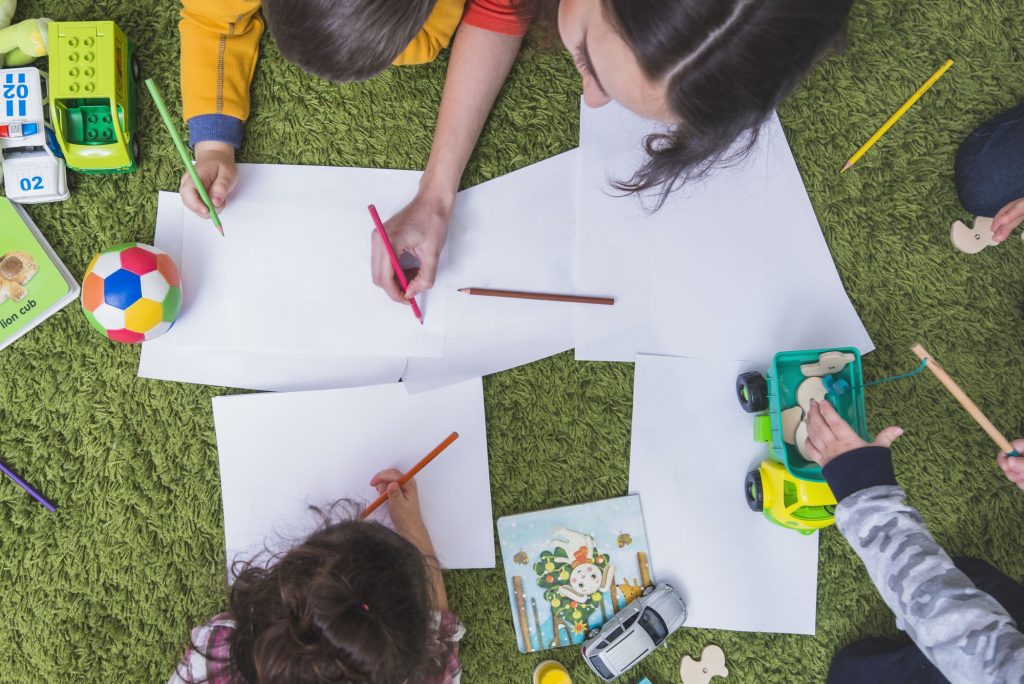Children in the grade-school years have mastered, or still need to master, a number of core emotional abilities. They first encounter these in the early years of life and rework and solidify them during the grade-school years. If these emotional abilities aren’t mastered, children may run into problems during the school years and their development may stall. When these capabilities are achieved, they constitute basic emotional milestones on which all future emotional development is grounded.

Image designed by Freep!k
SECURITY AND THE ABILITY TO LOOK, LISTEN, AND BE CALM
One of the first abilities that all children, and certainly school-age children, need is to be calm and regulated and at the same time interested and engaged in their environment. That means being interested in and attentive to people, things, sights, sounds, smells, movements, and so on.
It’s not easy for children to learn how to be calm and regulated and at the same time attentive to an exciting world. Normally, children start learning that task in the early months of life. By 3 or 4 months infants should be focusing on what they touch, see, and hear without losing control. Some babies naturally smile and gurgle, taking in the sights and sounds, sleeping regularly, and eating easily. Other babies -and there are many- have more difficulty. They don’t like being touched except in certain ways. Certain sounds bother them. Bright lights make them cry. They are easily distracted, colicky, finicky, irritable. As they get older, they make a fuss if their shoes don’t fit quite right or the face you drew for them doesn’t have the nose in just the right spot. In school they may not be able to concentrate on what the teacher says because they are so distracted by all the sights and sounds in the classroom.
Once children are in school, adults tend to be preoccupied with whether they are learning their alphabet and their arithmetic. But if a child is having learning difficulties, the first thing we need to look at is not his letters and numbers but his ability to pay attention and to regulate himself. If a child doesn’t have this ability, then we need to work on that ability with the child. You can’t jump over this vital internal milestone. There is no point in pushing a child to learn how to spell elephant or multiply 6 × 87 before he learns how to look, listen, and stay calm. First things first.
Source: Greenspan, S. I., & Salmon, J. (1993)



